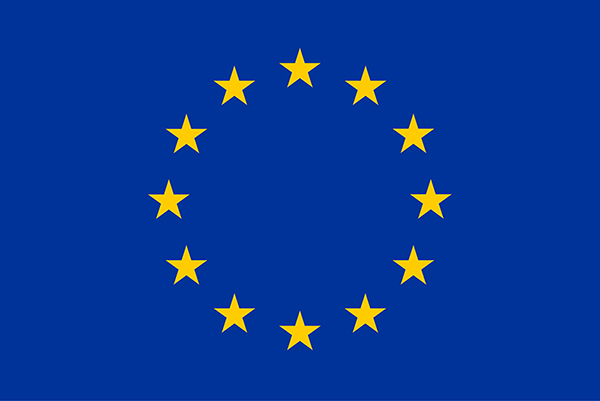Within the OSMOSE project, WP5 demonstration led by TERNA targets multiple grid services for the Italian grid based on coordinated RES, Demand Response and dynamic thermal rating (DTR).
The zonal Energy Management System (EMS) is now deployed in Terna’s operational environment. The Dynamic Thermal Rating (DTR) installation is completed, as well as the related software installation on master nodes (by ENSIEL) and the data integration in Terna system (Terna, Enel Green Power, IBM).
Partners TERNA, ABB, Enel Green Power, e2i and ENSIEL released in May 2021 the confidential deliverable D5.3: Upgrade of industrial loads, aggregators and RES plant and implementation of grid devices. A brief synthesis of this implementation is provided below.
Demand-Side Response (DSR):
Five out of seven industrial site are now fully upgraded by ABB with the support of the aggregators (COMPENDIA, ENEL X and EDISON) and will commence congestion management and Automatic Voltage Control (AVC) test. The remaining two will be soon available as the demo starts.
Based upon the flexibilities analysis previously conducted, two sites will test Automatic Frequency Restoration Reserves (a-FRR) provision, two sites will test AVC provision and all of them will test Congestion Management, except the military base.
- Congestion Management offers will be presented to the zonal Energy Management System and hence accepted automatically by an optimization algorithm.
- AVC will be tested locally and with the sending either of a V or of a Q setpoints directly from Terna control center.
- On the contrary, a-FRR will be tested only locally, given the early stage of this service provision with respect to the others.
One of the key findings of the on-site implementation activities was that there are several constraints to respect, such as risks related to cybersecurity and/or unauthorized access, as well as radio interference with other equipments presented in the factories. Also, the activities proved to be more demanding than it seemed, due to the heavy need of retrofit of the sites (lack of connectivity infrastructures and automation devices in old plants). Overall, WP5 manage to overcome most of these barriers and enabled as much flexibility from DSR as it could.
Renewable energy sources (RES):
The two wind power plants are ready to execute local and remote tests for AVC (local test already conducted). As for DSR, Terna will send setpoints directly from its control center for the remote tests. Synthetic Inertia is fully implemented for Pietragalla Power plant, while tests are still running with the provider of the wind turbines of Vaglio. The main difference in this delay is that Pietragalla will provide inertia with its battery energy storate system (BESS), hence the implementation, although innovative, was somehow quicker to implement, since only software solutions were to be developed (measurement and filtering of Rate Of Change Of Frequency, control loops, etc.). On the other hand, Vaglio will provide inertia directly with the regulation of the wind turbines: this required, in addition to the control system upgrades, a series of tests that are still ongoing on the manufacturer facility, to see how much stress can the wind rotor and wings handle. These tests were partially slowed down by Covid-19. Overall, there is no risk of delays since AVC tests will be run first in the overall test campaign, allowing more time for synthetic inertia tests.
Dynamic Thermal Rating:
Thirteen commercial MICCA devices were purchased and installed on Terna’s seven backbones. These sensors provide essential information for the calibration of the two innovative DTR methods implemented: the sensor based approach, which required the installation of 6 sensor nodes, and the weather based approach, in which no weather measurement is used, but only weather forecasts, thus reducing the number of sensor to be needed. No particular challenge was found concerning this task, but many maintenance issues have occurred afterwards, including damages by the local fauna. While this type of systems is extremely capital light with respect to the realization of new power lines, indeed it requires additional maintenance.
After the completion of Task 5.3 and Task 5.4 “Energy Management System implementation”, the Italian demonstrator is now ready to begin with the test phase.




